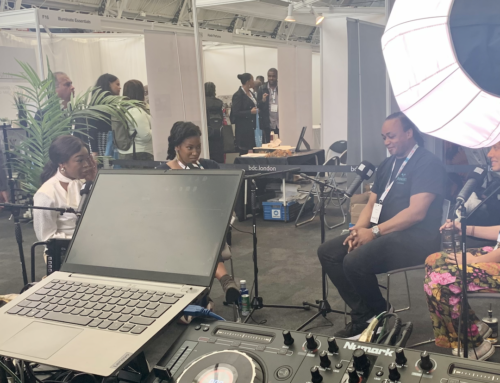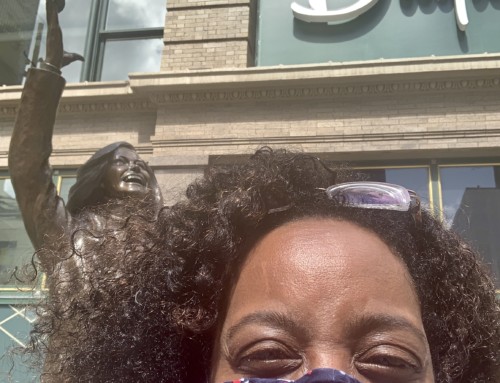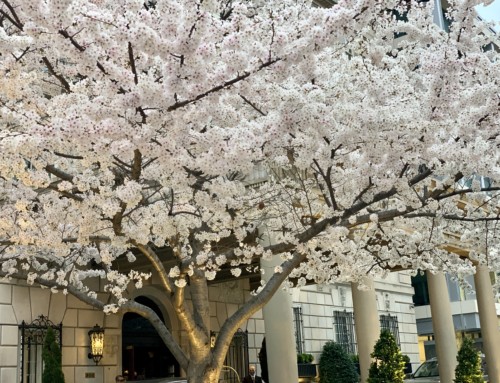I visited the Boone Hall Plantation in South Carolina recently and learned so much about the plantation and the USA. I will be writing about the experience for magazine and online publication and I’ll post on my home page when its in print.
For now, here’s some information taken from www.south-carolina-plantations.com. The pictures I took are of the chapel, but I was told during the tour that the slave cabins were the same size as the chapel, but the cabins were home to three families! I was also told that slaves purposely tried not to have children, as they didn’t want their children to be born into slavery. Now, I must say, that for all of the TV series and Hollywood films, I’ve not seen evidence of this…I’ve always thought about it. Does anyone know of a film that depicts slaves consciously not having children?
- Slave cabins
There are nine original slave cabins still on the property. An exact date of construction is not know but it is estimated that they were built between 1790 and 1810. All nine cabins are built of brick. Like the brick for the smokehouse, the brick was probably made on site. It is not very common to find slave houses made of brick. The majority of them were made of wood.The cabins sit in a row along the Avenue of Oaks. They are the first structures a visitor would see upon entering the plantation. Some suggest that this was a way for the owner of the plantation to show off his wealth. It is believed that the brick cabins at Boone Hall were reserved for the skilled slaves such as the cook, house slaves, carpenter, blacksmith, etc. The field hands probably had houses closer to the fields. There was probably more than one family living in each cabin.Each cabin has a central chimney with four windows on the facade and one on the side facing the Avenue. The floors have been replaced along with the doors and window shutters. The facades of the cabins have been repointed because they were bowing out. The cabins also have new roofs due to Hurricane Hugo (1989). The original roofs were probably clay tiles made on site. At one point they were replaced with wooden shingles. After the hurricane the roofs were replaced with tiles that were probably similar to the original tiles (1, p. 5).Like the smokehouse, two of the cabins have a diamond-shaped pattern on the rear of the structure.
The cabins were lived in until the 1940s. Today, the cabins house exhibits that depict the lives of slaves.






Leave A Comment